Wildflowers, with their vibrant colors and sweet fragrances, are not just a beautiful addition to your garden, but also a sustainable and environmentally friendly choice. They attract essential pollinators like bees and butterflies, contributing to a healthy ecosystem. For instance, bees are crucial for pollinating crops, while butterflies help in the process of plant reproduction. If you're inspired to add these wonders to your garden, here are some prime areas around your home to plant them, along with expert tips on the best types of flowers to use and how to grow them successfully.
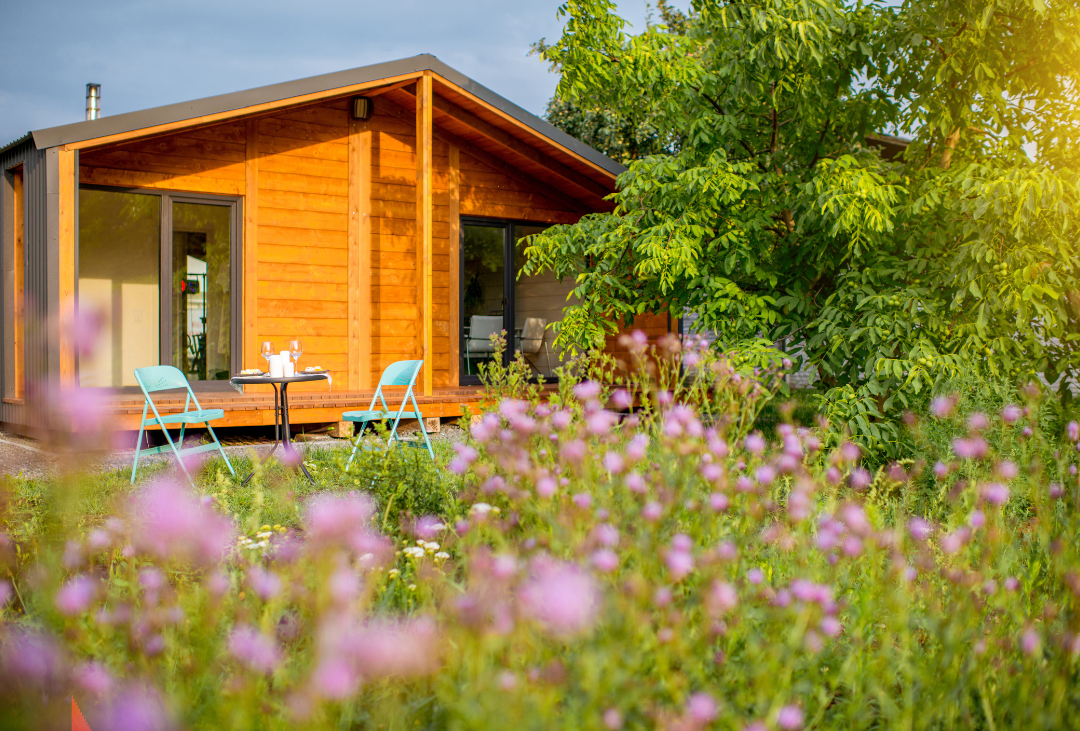
Sunny Areas
Don't worry about the sunniest spots in your garden, they're perfect for wildflowers! These resilient plants thrive in areas with total sun exposure, so look for spots that get at least six hours of direct sunlight per day. The best part? Some of the best wildflowers for sunny areas, like Black-eyed Susan, California Poppy, and Coreopsis, are not only beautiful but also easy to grow and maintain, giving you the confidence to start your wildflower garden.
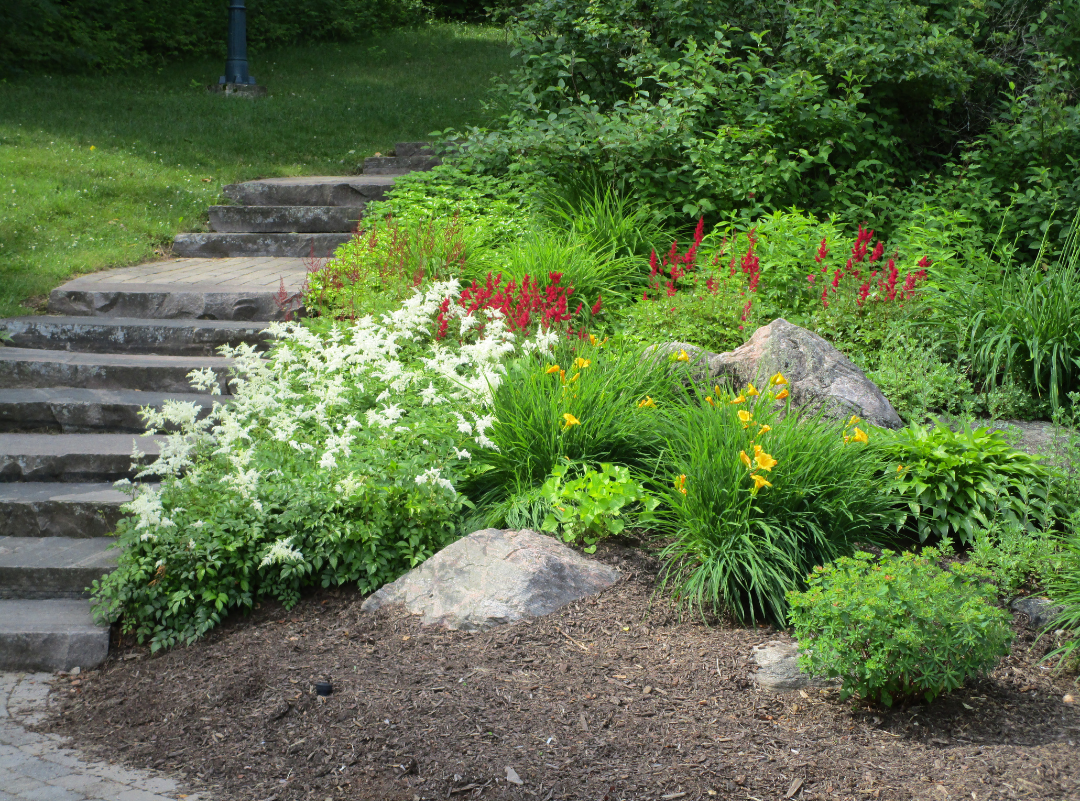
Slopes and Hillsides
If you have a sloping or hilly area in your garden that's hard to mow or maintain, consider planting wildflowers. They'll help stabilize the soil and prevent erosion while adding color to your landscape. Some great options for slopes and hillsides include Meadow Sage, Purple Coneflower, and Blanketflower.
Shady Areas
While most wildflowers prefer full sun, some can do well in shady areas like Trillium and Jack-in-the-Pulpit, such as woodland wildflowers. Look for spots in your garden that get partial shade or dappled sunlight throughout the day.
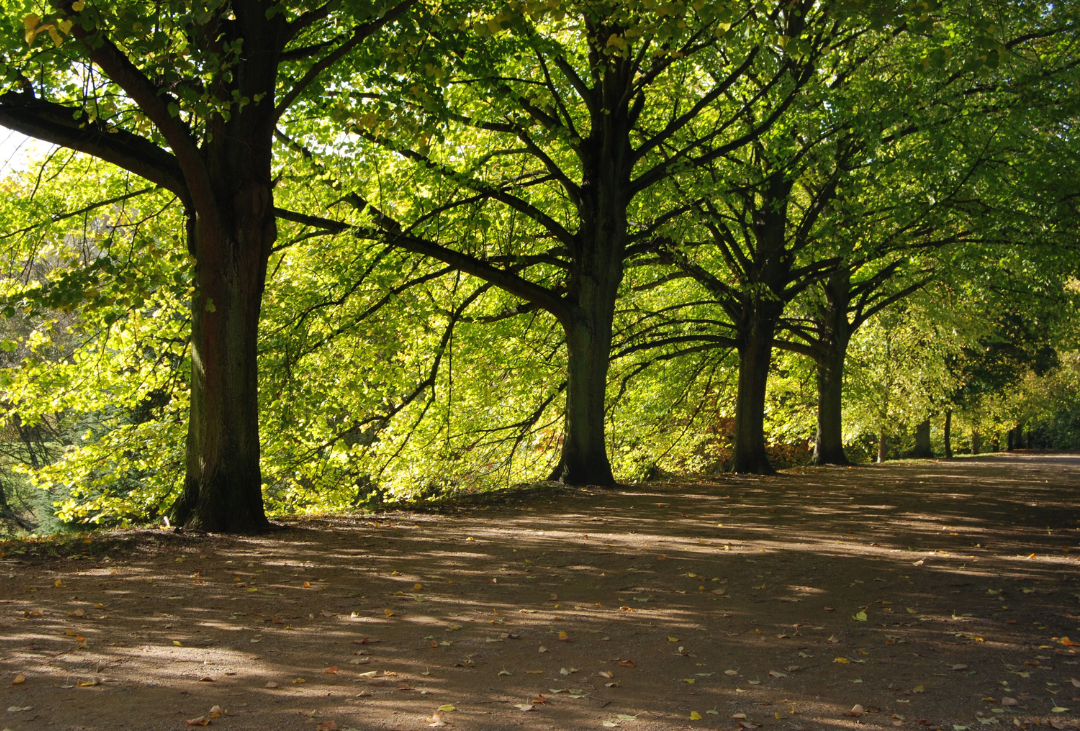
When choosing suitable wildflowers for your garden, there are a few things to consider. It is important to choose native wildflowers that are well-suited to the climate and soil conditions in your area. Don't worry, you can find a list of native wildflowers for your area online or by visiting a local nursery or garden center. Some popular options, like Black-eyed Susan, Butterfly Weed, and Purple Coneflower, are known for their adaptability, making the selection process easier for you.
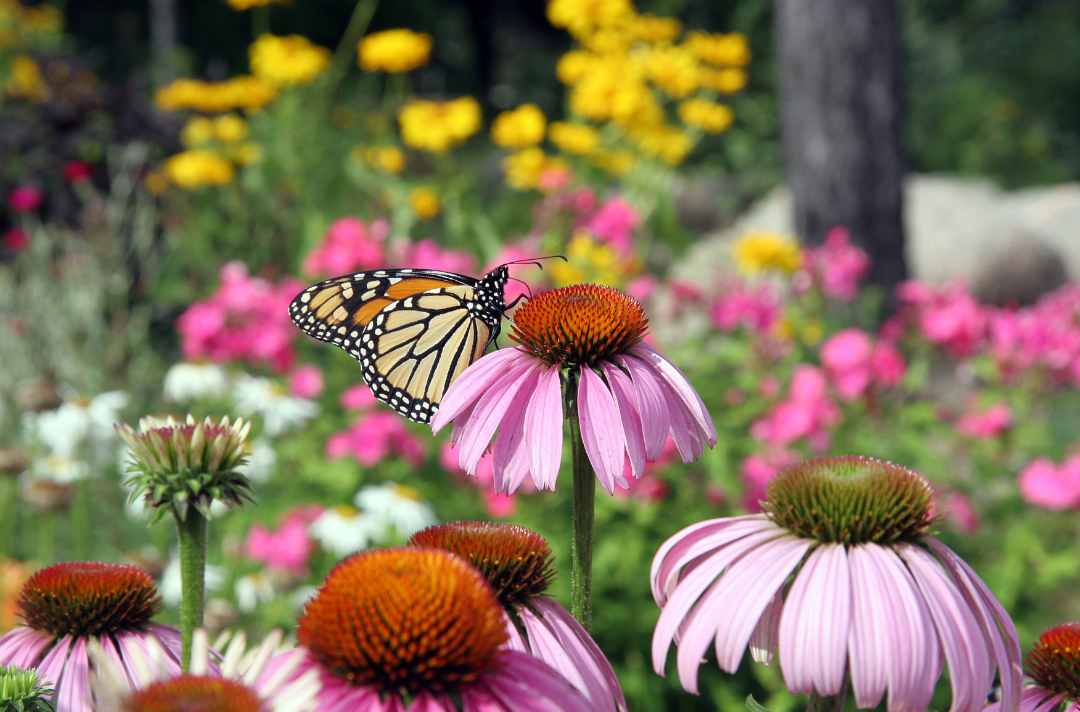
Once you've chosen your wildflowers, properly preparing the soil is essential. Wildflowers prefer well-draining soil that's rich in organic matter, such as loamy or sandy soil. If your soil is heavy clay or compacted, consider adding compost or other organic amendments to improve its drainage and fertility before planting. You can also grow wildflowers in raised beds or containers if your soil is not suitable.
When planting wildflowers, follow the instructions on the seed packet or plant label. Some wildflowers, like Zinnias, need to be started indoors to give them a head start on the growing season, while others, like Poppies, prefer to be sown directly in the garden. Starting indoors can be done by planting seeds in pots or trays and placing them in a sunny window or under grow lights. Sowing directly in the garden involves scattering seeds over the soil surface and lightly raking them in. Make sure to water your wildflowers regularly, especially during the first few weeks after planting, and be patient—wildflowers can take several months to bloom.
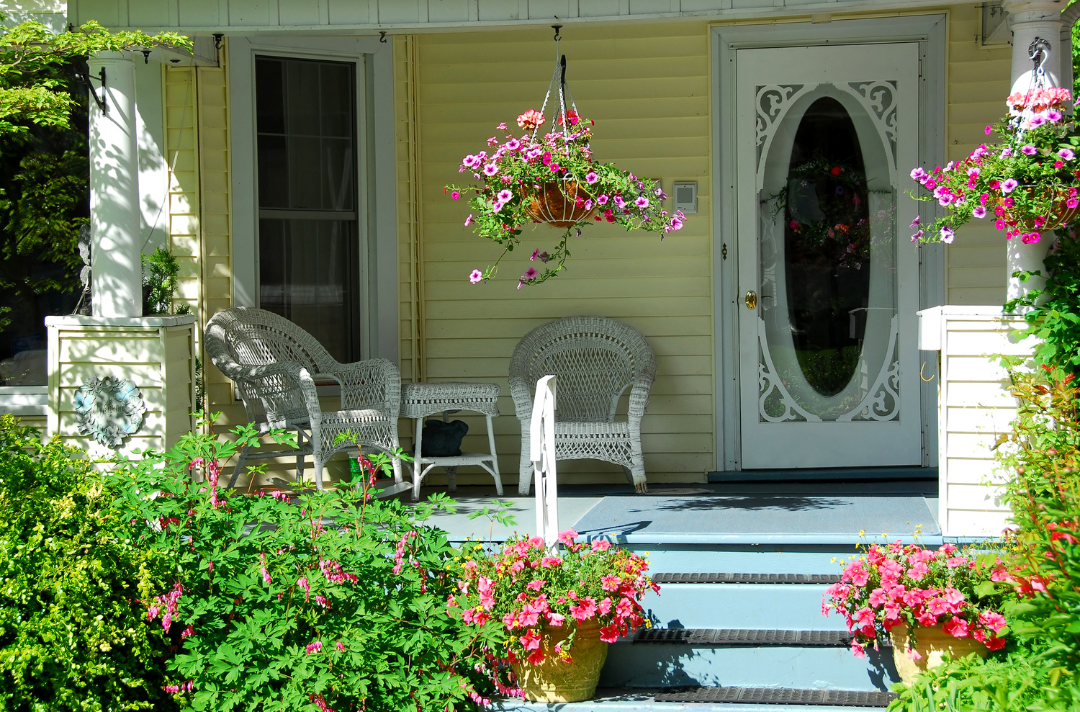
Planting wildflowers is a great way to beautify your garden while supporting local pollinators and promoting a healthy ecosystem. By choosing the right areas around your home to plant them and following these growing tips, you can enjoy a colorful and vibrant wildflower garden all season long. However, it's important to be aware of potential challenges, such as weed competition and pest control. Embracing the challenges of weed control and pest management with organic methods ensures a harmonious balance in your garden sanctuary. So, whether you're a seasoned gardener or just starting out, cultivating a wildflower haven enriches both your surroundings and the wider natural world.
Posted by Infinity Admin on
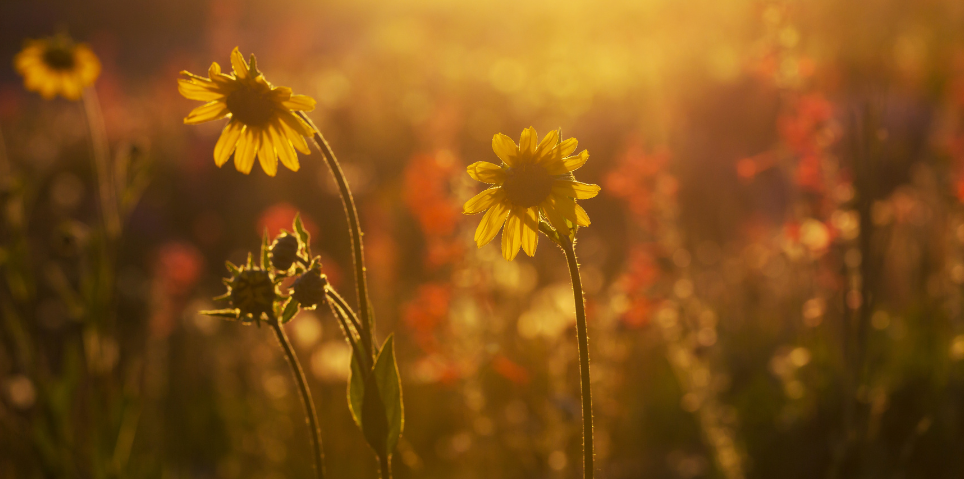
Leave A Comment